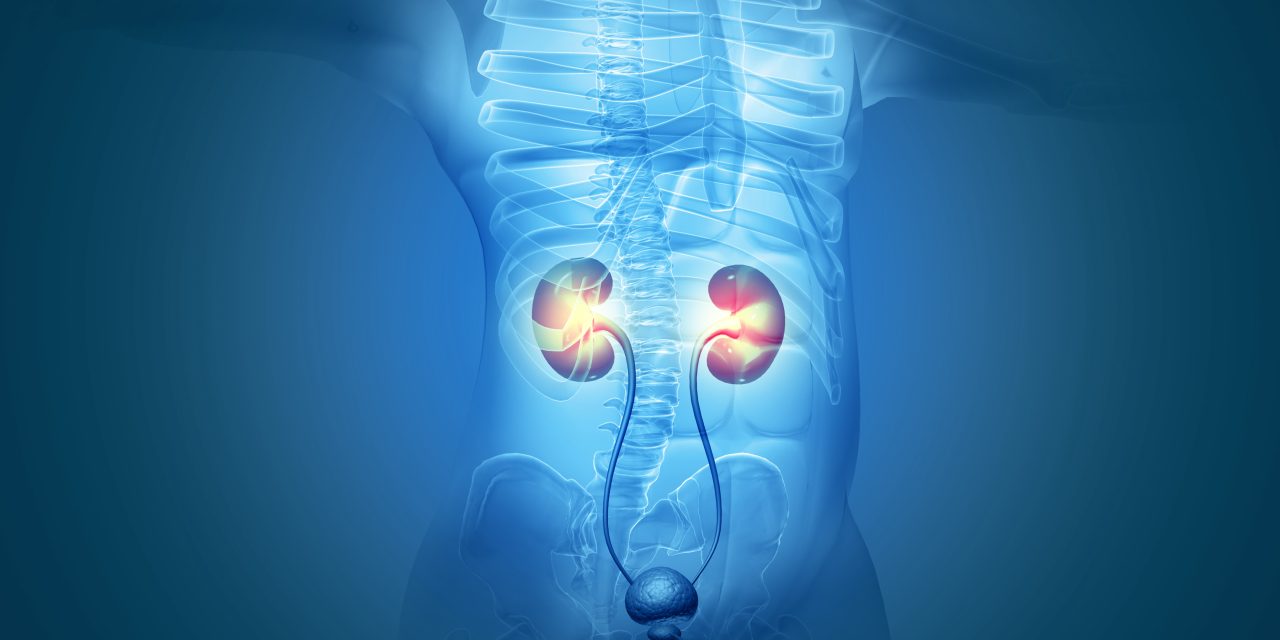To compare the impact of dorsal versus ventral onlay buccal mucosa graft bulbar urethroplasty on postoperative erectile function status.
We retrospectively reviewed the records for 232 patients who underwent dorsal and ventral onlay buccal mucosa graft bulbar urethroplasty from March 2012 to April 2021. Outcomes were urinary and erectile function status as assessed by IIEF5-15 score at preoperative, three months, and 12 months post-urethroplasty. We compared the dorsal and ventral only techniques at the different follow-up visits using difference-in-differences analysis.
165 patients met our inclusion criteria; the overall success rate was 87.9% after a mean follow-up of 52.3 ± 18.5 months. Of the patients, 17.6% experienced a 90-day complication. When comparing dorsal and ventral only techniques, there were no significant differences in terms of success rate (88.3% vs. 87.1%, Mantel-Cox test p = 0.68) or postoperative complications (15.5% Vs. 19.4%, p = 0.3). Likewise, there was no significant difference between both techniques regarding postoperative erectile function as assessed by IIEF5-15 score after three months (26.28 ± 2.53 Vs. 26.37 ± 2.41; p = 0.836) and twelve months (26.88 ± 2.45 Vs. 26.48 ± 1.98; p = 0.532). We detected a post-urethroplasty transient ED in (3.9% vs. 1.6%; p = 0.41), and permanent ED in (1.9% vs. 3.2%; p = 0.6) for dorsal and ventral onlay, respectively.
Onlay Buccal mucosa graft urethroplasty is a highly effective surgery in treating long-segment bulbar urethral stricture. The dorsal and ventral only techniques were comparable regarding urinary and erectile function outcomes. Additionally, both techniques have no significant negative impact on post-urethroplasty erectile function status.
© 2022. The Author(s), under exclusive licence to Springer-Verlag GmbH Germany, part of Springer Nature.
Erectile and voiding function outcomes after buccal mucosa graft urethroplasty for long-segment bulbar urethral stricture: ventral versus dorsal onlay technique.


